
Nuclear Physics

Nuclear physics research began in the department during the 1950s. Despite the fact that most of the nuclear physicists in the department during that time were theoreticians, experimental nuclear physics research was greatly encouraged.
During the 1950s and 1960s, some detectors and several home-made electronic modules were used with these detectors to produce interesting scientific results .
The faculty members in the department interested in Nuclear Physics are Prof. Samit K. Mandal, Dr. Suresh Kumar, Dr. Shashi Verma, Dr. Sanjay K. Chamoli and Dr. Farheen Naqvi. They are active in various subfields of experimental nuclear physics research.
As a part of Department of Physics and Astrophysics, the Nuclear Physics Laboratory has been actively carrying out research work that deals with basic concepts of the subject as well as advanced cutting edge applications.
The research group actively conducts experimental as well as theoretical investigations in the field of nuclear reactions, which include but are not limited to, multi-nucleon transfer studies, neutron cross-section studies, nuclear fission dynamics using theoretical dynamics modeling, fission fragment mass distribution and neutron multiplicity measurements. Besides reaction studies, the group also carries out in-depth analysis of nuclear structure phenomenon in the heavier mass region of the periodic table. Isomer (life-time) studies, g-factor measurements and level-transition probabilities using Coulomb excitement techniques are a few of the most recently conducted group experiments in the field of advanced nuclear structure observations.
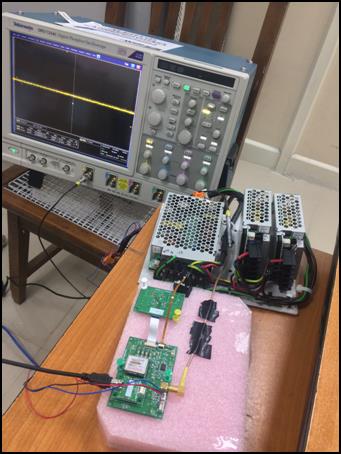
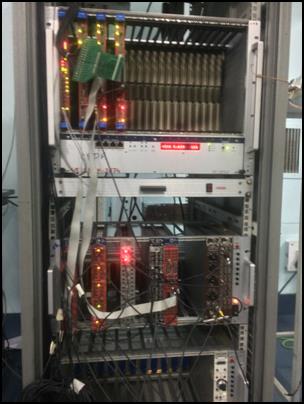
Their research interests include g-factor, nuclear lifetime, neutron multiplicity measurements, Multi nucleon transfer reaction and sub barrier fusion reaction dynamics around Coulomb barrier energies in collaboration with the Inter University Accelerator Centre (IUAC) and high spin gamma-ray spectroscopy in the Indian National Gamma Array (INGA) collaboration. Members are also involved in the study of nuclear reactions at low incident energies for Nuclear Astrophysics, gamma-ray pulse shape analysis, gamma ray tracking and imaging (in collaboration with NUSTAR at GSI, Darmstadt, Germany), tests of the Standard Model using precision spectroscopy and theoretical nuclear structure calculations in the framework of the Interacting Boson Model (IBM)& the Tilted Axis Cranking (TAC) approximation.
As with all advanced fields of physics, development of tools and methods for the purpose of carrying out basic nuclear science phenomenon has spontaneously led to spin-off applications. For example, the research group has developed tools for medical imaging and compact detector setups for high energy radiation measurements, techniques for applying the knowledge of nuclear physics to gauge environmental implications and conduct related research. The tools and techniques which have been developed can be readily and effectively used not only for nuclear physics, but also for atomic physics and high energy physics. Figures given below present a brief idea regarding the application based nuclear physics research work being carried out at the Nuclear Physics Laboratory.
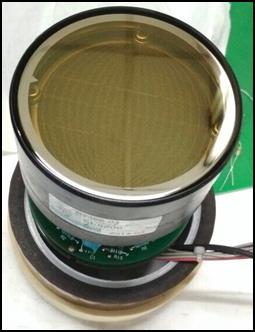
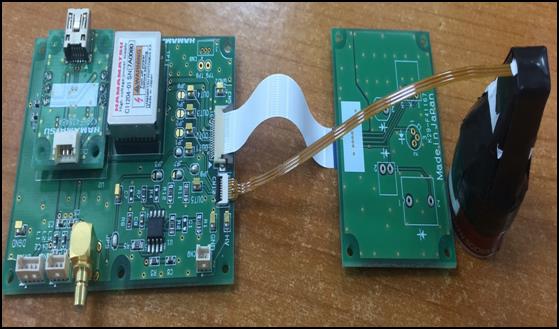
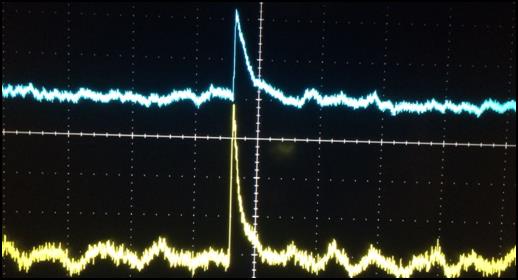
-
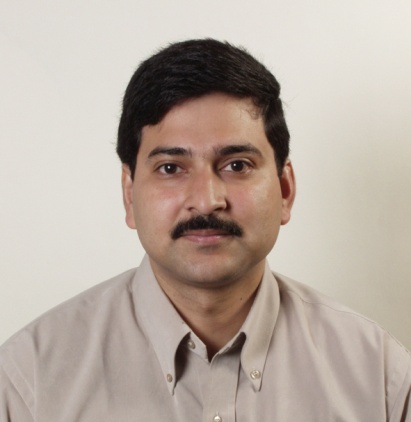 Samit Kr Mandal (Senior Professor)
Samit Kr Mandal (Senior Professor)
Nuclear Physics
smandal@physics.du.ac.in, s.mandal.du@gmail.com
https://smrth.in/QH -
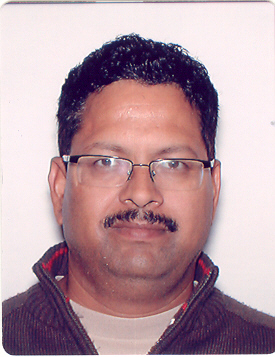 Sanjay K. Chamoli (Professor)
Sanjay K. Chamoli (Professor)
Experimental Nuclear Structure Physics
skchamoli@physics.du.ac.in, cylab123@gmail.com
https://smrth.in/gG
-
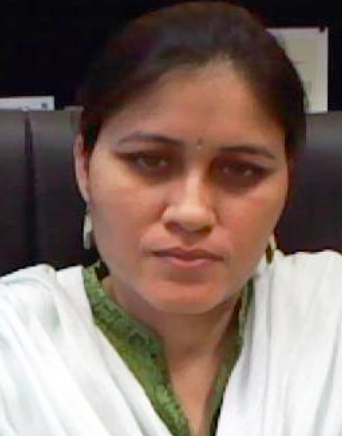 Shashi Verma (Professor)
Shashi Verma (Professor)
Experimental Nuclear Physics
sverma@physics.du.ac.in, vermasvin2006@gmail.com
https://smrth.in/xN -
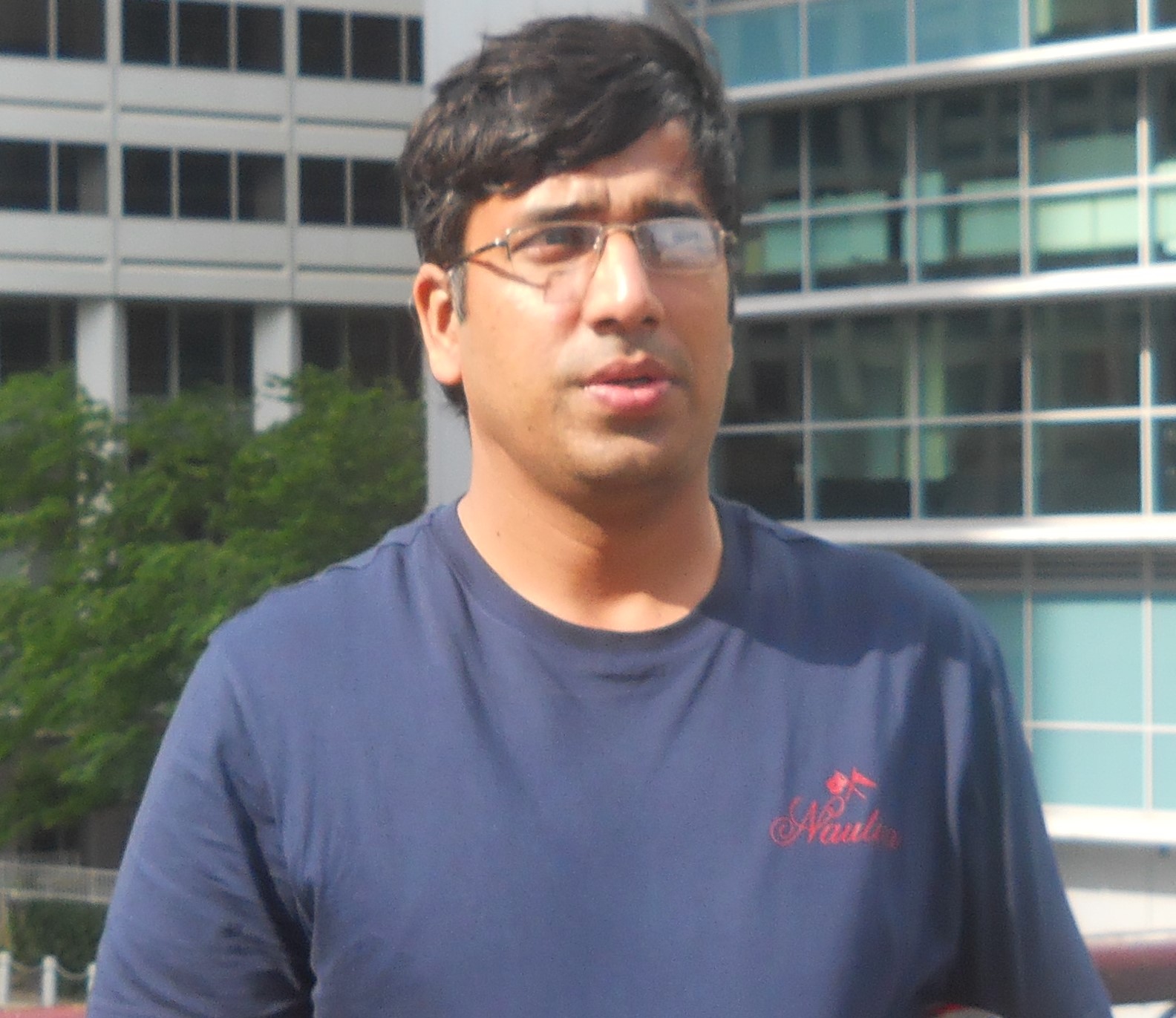 Suresh Kumar (Professor)
Suresh Kumar (Professor)
Experimental Nuclear Physics
skumar@physics.du.ac.in, sursvmk123@gmail.com
https://smrth.in/nD https://www.researchgate.net/profile/S_Kumar